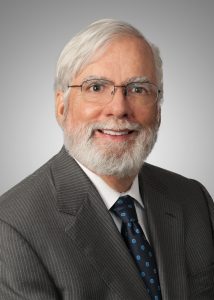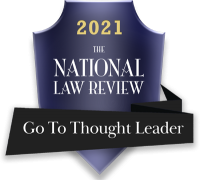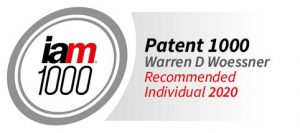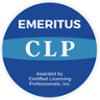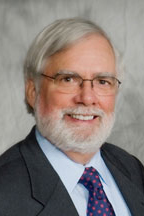died recently after a battle with pancreatic cancer. He had a long and productive career in patent law, but will always be known as the attorney who prepared and prosecuted the Cohen-Boyer patent (U.S. Pat. No. 4.237,224) on cloning a plasmid and expressing a foreign gene in bacteria to produce a “protein foreign to a unicellular organism.” Such proteins included hGH, EPO and insulin. The patent is only 18 columns long, was issued prior to Chakrabarty, expired in 1997, and earned about $300 million in licensing royalties for Stanford.
In the late 70’s and early 80’s, some of us patent attorneys with organic chemistry backgrounds began to be exposed to inventions made by professors in cellular physiology, biochemistry and immunology, and it was not always a comfortable experience, as recounted by Mr. Rowland in the personal account that George Washington University has posted. As the biotech industry began to take off in the mid-80’s, law firms scrambled to hire patent attorneys with life sciences backgrounds, or even “technical clerks” who they could shepherd though law school, but there were few to be found at any price. Inventors and tech transfer people with life sciences backgrounds literally had to train patent attorneys in this new field, which also was accompanied by the rise of monoclonal antibody diagnostics and transgenic animals and plants, areas equally foreign to most of us. The first ATCC Biotech Patent Conference was held in 1989. I spoke on “Gene Transfer in Plants.” It was a short talk.
Prosecuting these applications was no picnic either. There were few Examiners with backgrounds in life sciences and we all struggled with issues like enablement, deposit requirements and, surprisingly, obviousness, until In re Vaeck, In re Deuel, and In re Bell, cases decided in the early 90’s, cleared the way to patent isolated DNA molecules, plasmids, transformed cells and then, transgenic plants and animals and even, occasionally, gene therapy. The patent law path to the future seemed like a four-lane freeway for about a decade, and few of us could see the controversies that would surround cloning, stem cells, and now, personalized medicine (which is what Myriad is really about). Excuse me, but I have to get back to reading amicus briefs.

